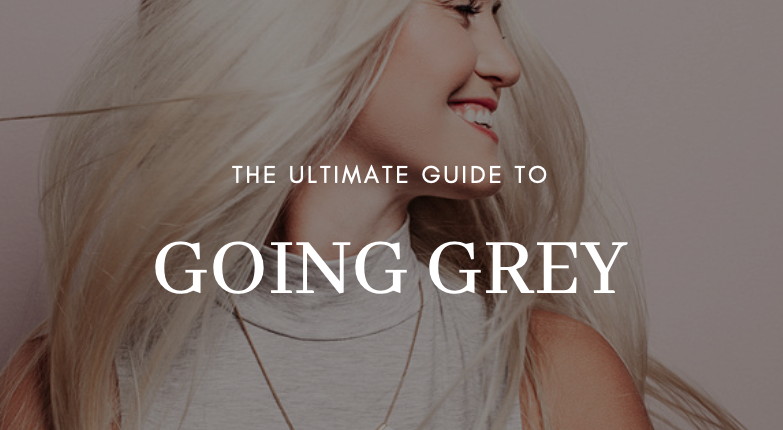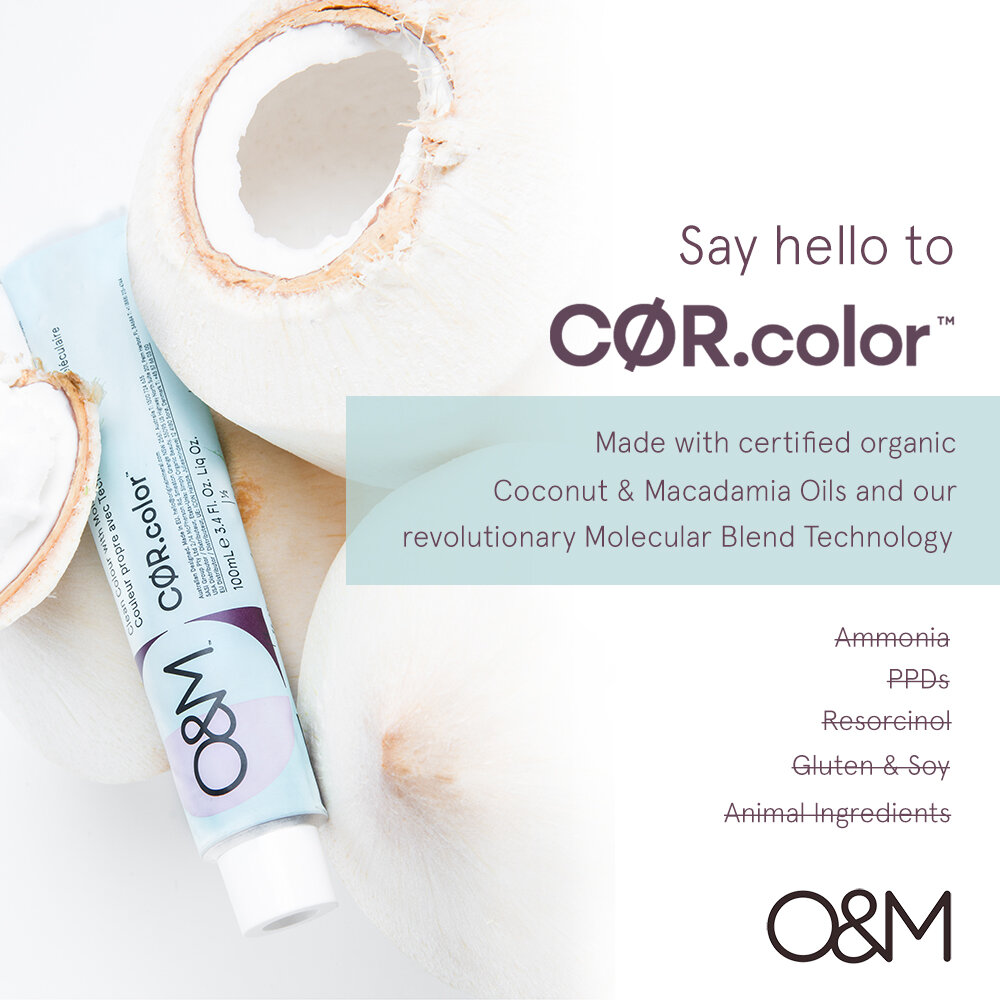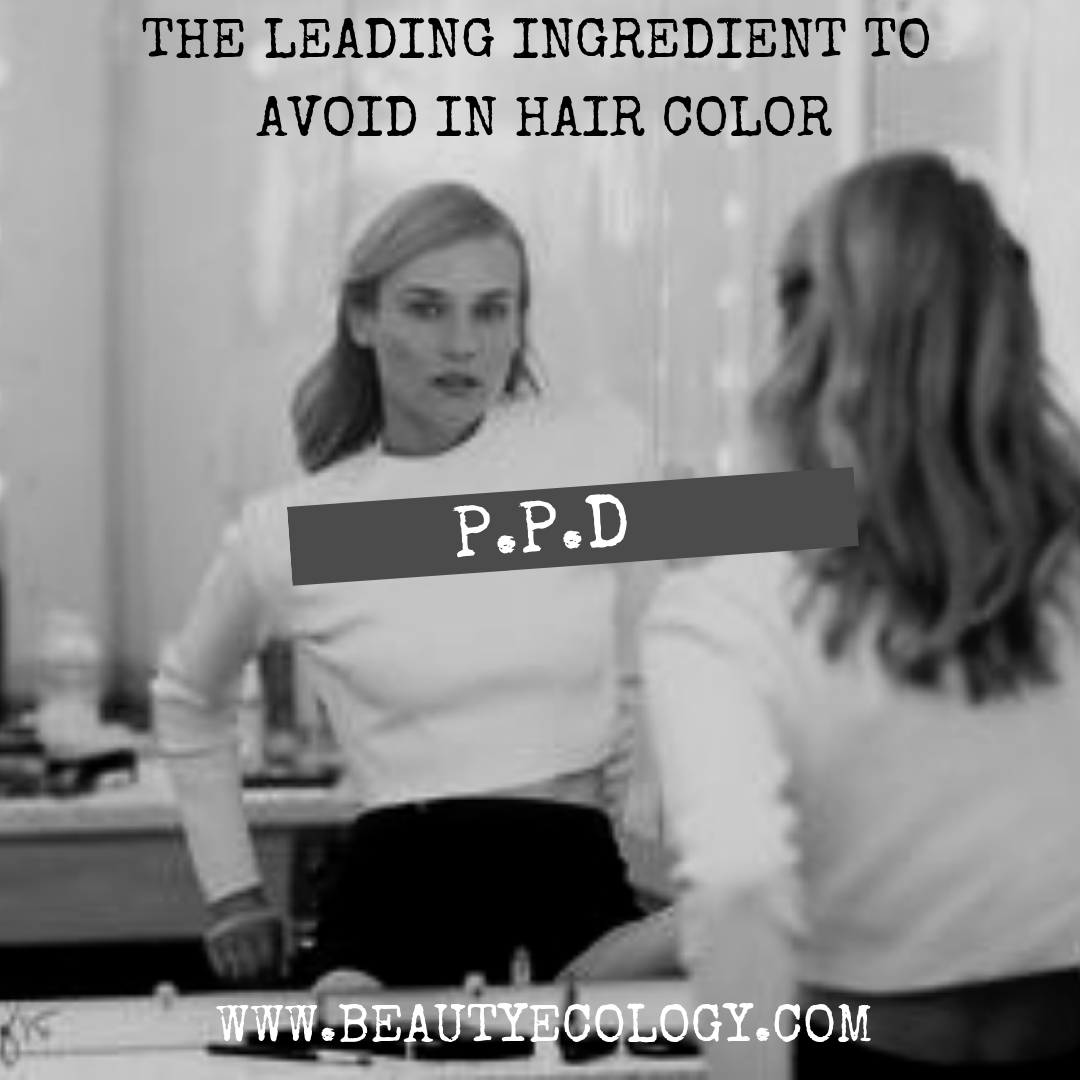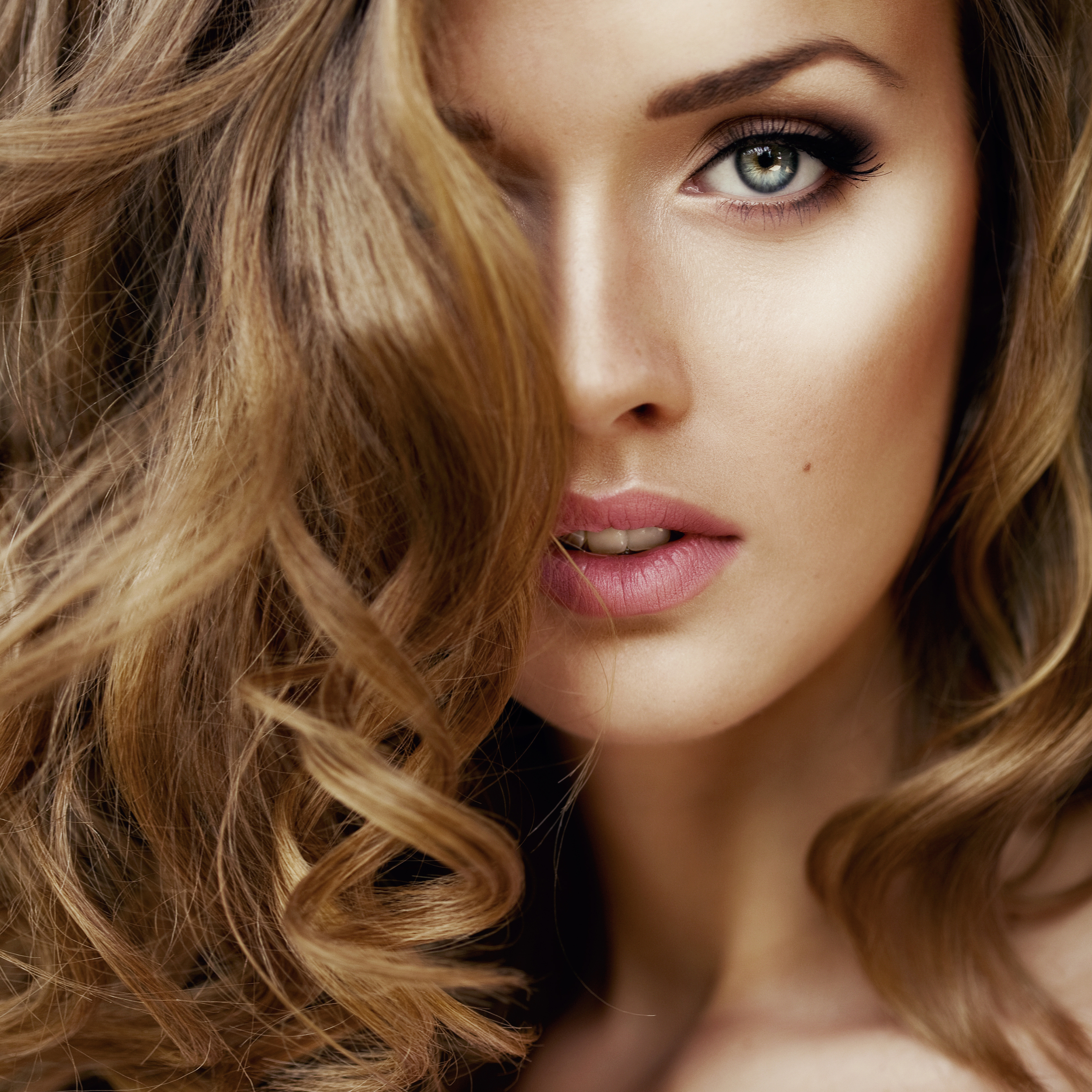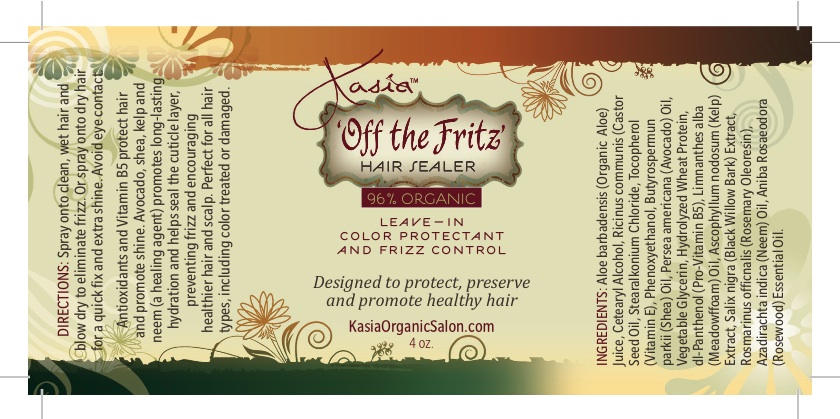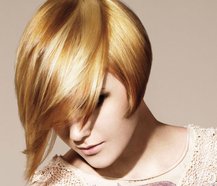The one common thought that has gone through women’s minds when coloring their "gray” hair through the quarantine and beyond is if NOW is the time to just “let it go.”
A transition to gray hair can become a daring fashion accent, a whimsical middle finger to the idea of “anti-aging” and youth … or just a simple statement of confidence—
Gray hair? Don’t care!
Having transitioned many of my clients, I’ve learned its a very personal decision that is done at specific time in their life. I find that if a client is ready to transition and I sense it’s NOT out of being truly ready to embrace their gray, it’s often times, it’s around a big event, trauma, and at times - due to financial restraints.
If you’re on the fence - and before I dig into transitional “tips,” I ask that you dig deep in your heart, and knowing that this is what you want, with confidence -versus out of stress, depression, and feeling defeated.
Alrighty, let’s walk through some fundamentals of hair structure!
Why is Gray Hair Different Than Our Natural Colored Hair?
Growing out gray hair gracefully starts with understanding what makes gray hair different.
Gray hair is just like your normal hair, just without pigment (or melanin) in the hair shaft. This results in hair that has a different texture.
It can feel courser, drier, and thinner at the same time.
This is why many women love having a softer, shinier hair shaft when coloring.
How Long Does It Take for Gray Hair to Grow Out?
On average, hair grows nearly half an inch every month, so about 6 inches every year.
That’s why some stylists recommend a shorter cut to help expedite the gray transformation—it takes much less time to grow out the gray with short hair than long hair.
If you love having long hair, you can start with cutting it shoulder length.
If you're already comfortable with short hair, then you should try a pixie cut!
How Do I Grow Out Gray Hair Gracefully?
Do’s and Don’ts
Whether you started transitioning to gray hair unwillingly due to being in quarantine, finances, or your hair stylist isnt helpful, there are as many ways to go gray as there are hairs on your head.
As you explore different ways to embrace your natural hair and gray roots, think of this journey as spring cleaning, but for your hair.
During your color transition, keep these do’s and don’ts in mind:
Do your research – The foundation of a successful gray transition is understanding your natural hair color and face shape.
Gray hair works better with certain hair texture, color and skin tone, and different cuts work for different face shapes. Keep the current season in mind as your summer skin tone will be different than your winter skin tone. Work with your hairstylist to choose a highlight or lowight technique with the cut that will complement each other and your face.
Consider your lifestyle – No matter the style, the best gray look is always a well-maintained one. So find a look that works with your life and habits. If you enjoy your monthly salon appointments, you probably won’t mind starting with gray foiling your hair to blend that requires stretched out - maintenance. But if you prefer to go low-maintenance, strategic haircuts that remove old color off the ends can help you transition to gray without regular salon visits.
Don’t pluck out the gray – Resist the urge! Trust me, I can tell when you’re plucking :) Plucking will eventually lead to thinner hair and can damage the follicle. When the hair grows back out of that follicle, it will appear thinner.
Consider your hair color (quality) – Gray hair is more fragile than naturally pigmented hair. Harsh dyes and chemicals will weaken the strands and make you more prone to hair loss (no, thank you).
Opt for hair color without these ingredients:
Ammonia
Parabens
Resorcinol
PPD
Phthalates
Don’t forget to have fun – The journey to gray hair is an adventure in style, confidence, and beauty.
10
Cut and Color Methods to Graying Gracefully
Embracing gray hair means enjoying a whole new world of hairstyles. Below are the top ten methods for growing out gray hair :
The Pixie – This classic transition involves cutting your hair in a pixie style, which will allow your hair to grow in gray quickly and naturally.
The Au Natural – Also called the “cold turkey” …. Just let your natural gray hair come in as it will.
Highlights or Lowlights – Have your stylist weave gray highlights into your hair for more even distribution. If you want to ease into going gray, highlights and lowlights can offer a more subtle option.
The Slow Snip-and-Grow – Some women choose to shorten their hair a bit every two months and gradually grow out their grays. By balancing out the dyed parts of your hair with the gray, the shorter hair will make the gray coverage more encompassing over time.
Modern Chic – An in-vogue haircut will balance out the effect of the gray, whether you choose to dye your entire head or just add a few highlights and lowlights.
Play with Parts – This one you can do easily at home—take a look in the mirror and play around with your part. A dramatic pull of hair to one side may show off an alluring sprinkling of gray, or right down the middle may give your look an air of 60’s chic.
Whatever hairstyle best fits your personality, just remember your hair stylist already has a broken heart from not getting to see you at the salon, don't break it even more by dyeing your hair with bad permanent hair color products.
Your Style Guide to Going Gray
Update Your Wardrobe – Take your new hair on a shopping spree and look for clothes with a more modern flare. It will bring vibrancy and vitality to your ensembles, and turn your locks into a chic fashion statement. But don’t forget to wear clothes you feel good in!
Makeup – Depending on your skin tone, your gray hair may wash out your face. A few strategic strokes of a makeup brush can bring out the beauty in your facial features and enhance the drama of your new silvery hair. Be sure to focus on these three areas for maximum wow-factor
Cheeks – When going gray, blush is your best friend. A bit of color on your cheeks can add a rosy glow to your face.
Lips – A fresh glossy pink or a dramatic red lip perfectly complements the cooler tones of gray hair.
Brows – Dark defined brows with gray hair makes a stunning contrast. To achieve this look, make sure your brows are filled in and well-kept (yes, you can pluck gray eyebrow hairs, just make sure there’s plenty left!).
Beautiful Skin – The best accessory to gracefully graying hair? Nourished and rejuvenated skin. Incorporating anti-aging skincare into your daily routine will heighten your distinguished beauty.
Try Evoq’s Organic Skin line combined with some facial exercises to boost the firmness in your skin, decrease fine lines and wrinkles, and give yourself another reason to smile.
Caring for Your Silver Locks
The better you protect and care for your graceful gray hair, the healthier, fuller, and shinier it will look. Try these tips for maintaining your silvery mane:
Deep Conditioner – If you choose to dye your hair to speed up the full-gray effect or if you’re growing your hair out au natural, a deep conditioner is a must.
Pick Hue-Enhancing Shampoos – Certain colors in shampoo can brighten gray shades. The best colors for keeping your gray hair shining? Blue or purple shampoo!
Sources:
Trüeb, Ralph M. “Pharmacologic Interventions in Aging Hair.” Clinical Interventions in Aging, Dove Medical Press, 2006, www.ncbi.nlm.nih.gov/pmc/articles/PMC2695167/.
Freydkin, Donna. “The Complete Guide to Gray Hair and How to Take Care of It.” Allure, 2018, www.allure.com/story/gray-hair-guide-causes-and-care.
Barrell, Amanda, and Cynthia Cobb. “What to Know about Hair Growth.” Medical News Today, 2019, www.medicalnewstoday.com/articles/326764.
Courtney, Nadine Jolie. “Everything You Need to Know Before You Transition to Gray Hair.” Oprah Magazine, Oprah Magazine, 18 Oct. 2019, www.oprahmag.com/beauty/hair/a28650339/transitioning-gray-hair-color/.
Monselise, Assaf, et al. “What Ages Hair?” International Journal of Women's Dermatology, Elsevier, 16 Feb. 2017, www.ncbi.nlm.nih.gov/pmc/articles/PMC5419032/.
